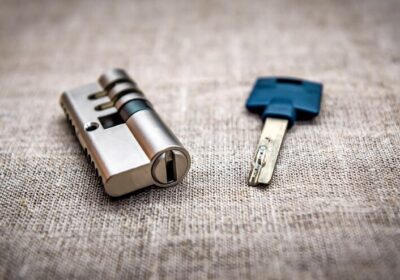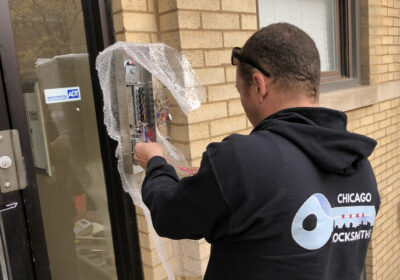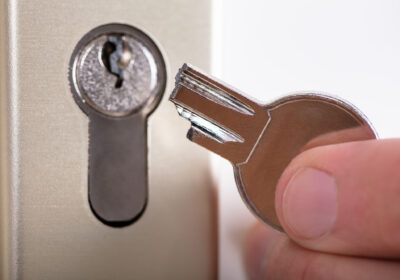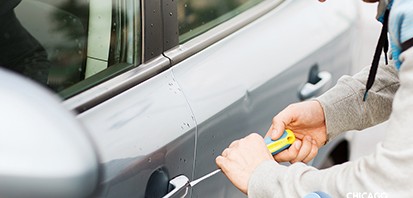Maintaining a secure selection of locks at your residential property – or even residential management complex – is an absolute must for safety and security. Rekeying locks periodically is one of the best ways to enforce and ensure that your property is secure. In this blog post, the Chicago residential security experts here at Chicago Locksmiths will detail some of the most important aspects of lock rekeying that managers or landlords of residential property should focus on to maintain safety and security.
Category Archives: Local Chicago Locksmith
In this blog entry, the Chicago lock installation and Chicago security hardware installation team here at Chicago Locksmith will detail the top reasons to choose a lock with an interchangeable core.
Electronic door locks are increasingly popular today – for their massive benefits of convenience and heightened security. In this blog entry, the Chicago smart lock installation experts here at Chicago Locksmith will detail some common questions we get asked about smart lock installation service.
Keys can break off, bend, or crack while the inside door locks for a wide range of reasons. These vary from metal degradation in the lock cylinder mechanism or the key itself to warping, swelling, and shrinking due to temperature fluctuations, improperly installed lock, and misaligned door frames. In this blog entry, the Chicago broken key extraction experts here at Chicago Locksmiths will detail the main reasons that keys can break in door locks.
When you require high quality locksmith service, especially in an emergency, it’s essential that you verify that the locksmith that’s providing you service is professionally qualified. Here at Chicago Locksmiths, … Continue reading
It’s always a good idea to hire a certified locksmith to carry out all of your lock installation, lock repair, and lock maintenance needs. Not only are amateur attempts much … Continue reading
Picture this scenario if you will: you’ve just finished a long day of work or grocery shopping, and find that you’ve accidentally locked yourself out of your car. This is … Continue reading
Vehicle Identification Numbers are unique code combinations given to vehicles when they are manufactured. This code contains the most important identifying details about the car This code cannot be changed, … Continue reading
Drinking alcohol is one of the global pastimes of working (and indolent) people everywhere. For some people it’s a hobby; for others it’s a lifestyle. Casting an eye away from … Continue reading
Here at Chicago Locksmiths, we make our primary objective the long-lasting safety and security of your household or business. The safety and integrity of your household also includes material objects … Continue reading









